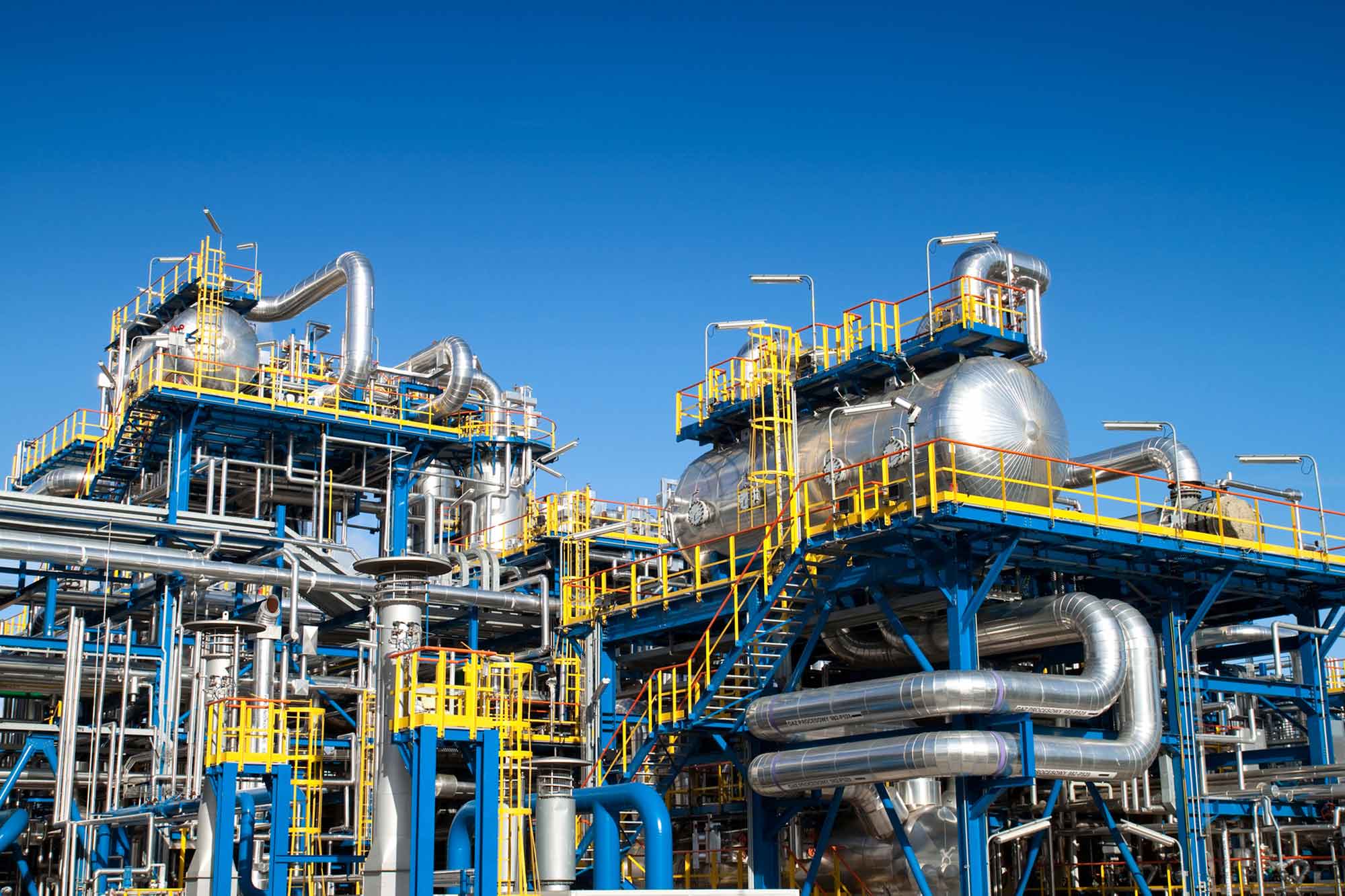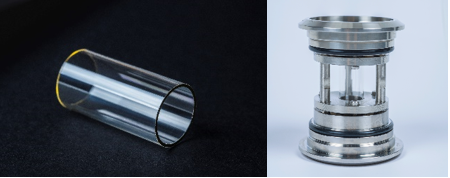Measuring systems based on attenuated total reflection (ATR) in the near- (NIR) and mid-(MIR) infrared are used in many laboratory analytical systems to determine the chemical composition of liquid samples. Since the interaction of the sample with the optical radiation happens very close to the surface of the ATR crystal (in the range of a few micrometers), surface contamination must be avoided. In the lab, this is usually not a problem, because the planar ATR crystals are easily cleaned manually before they come into contact with the sample and measurements are typically performed quickly.
Hollow cylinder geometry allows automated in-process cleaning
In industrial processes, cleaning has to be automated and easyly integrated into the process workflow. This results in entirely new requirements for the design of ATR sensors. Besides a high pressure and temperature stability of the ATR measuring system in processes, the crystal surface of the ATR must be designed to be easily accessible in cleaning processes. Edges or cavities, which are difficult to clean, should therefore be avoided. Here, cylinder-shaped main bodies are advantageous because they do not contain inaccessible corners and can be retracted into separate cleaning chambers, e.g. via O-ring seals.

